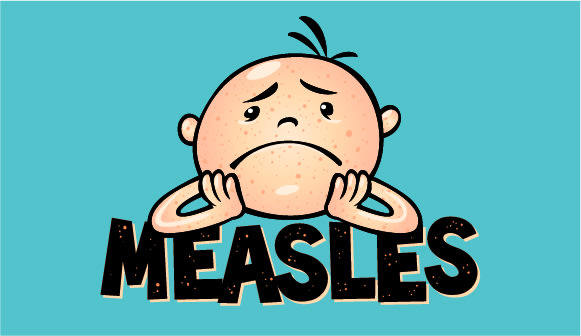Milk, eggs, fish or soy
Keeping your toddler safe from food allergies.
Article Author: Vikki Mioduszewski
Article Date:

In the United States, approximately six million children have some kind of food allergy, 90 percent of which are caused by milk, eggs, peanuts, tree nuts, fish, shellfish, soy and wheat. Some children develop an allergy to a particular type of food or foods while they are still babies, while it can be more gradual for others.
If you have a toddler and are unaware that he or she has a food allergy, there are certain symptoms to look for, like a stuffy or itchy nose after eating a particular food, but some are hard to pick up on.
“Those are symptoms that are usually ignored,” said Ejaz Yousef, MD, chief of Allergy and Immunology for Nemours Children’s Health, Jacksonville, and a pediatric allergist with Wolfson Children’s Hospital. “So it helps to know if your child is more at risk for developing a food allergy than others.”
For example, if your child has a skin condition like eczema, there is a higher likelihood of him or her being sensitive to certain foods. Likewise, kids with asthma, especially those who have difficulty keeping it under control, are at greater risk of having a severe reaction.
Food allergies are caused by an immune-related response to proteins in the food that can cause reactions such as hives, itching, nasal congestion, diarrhea, difficulty swallowing, tongue swelling and even loss of blood pressure.
“There are four systems that usually get involved: skin, respiratory, digestive and cardiovascular,” said. “Anaphylaxis is an allergic reaction that involves two or more of these systems in the body, and anaphylactic shock -- the most severe and life-threatening -- is when the blood pressure is involved.”
For toddlers who do have an established food allergy, keeping them away from the wrong foods can sometimes be a challenge, especially if you’re away from home at a party or a friend’s house. Toddlers are especially at risk in these types of situations because they get into things that they shouldn’t. That’s easy when food is sitting out or when hosts don’t realize there’s an allergy.
“It’s much easier to control ingredients when food is prepared at home where you can read food labels, confidently knowing exactly what you are giving your child,” said Jodi Ervin, RD, a registered dietitian with Wolfson Children’s Hospital. “But if you do venture out, taking along a dish you prepared at home is a great idea because you know what’s in it. Toting back-up snacks and drinks with you in a cooler or a bag for your child to munch on is another smart idea that really pays off if you end up staying somewhere longer than expected.”
If your toddler attends daycare or pre-school, making sure that caregivers are aware of the allergy and that they know what to do in case of an emergency is very important. The use of an epinephrine auto-injector needs to be immediate once a child eats something that’s been known to cause a reaction in the past or if he or she begins to have a reaction. Children are also more vulnerable to a serious attack if the use of an epinephrine injection is delayed, and sometimes one rescue injection isn’t enough because it only lasts about 30 minutes.



